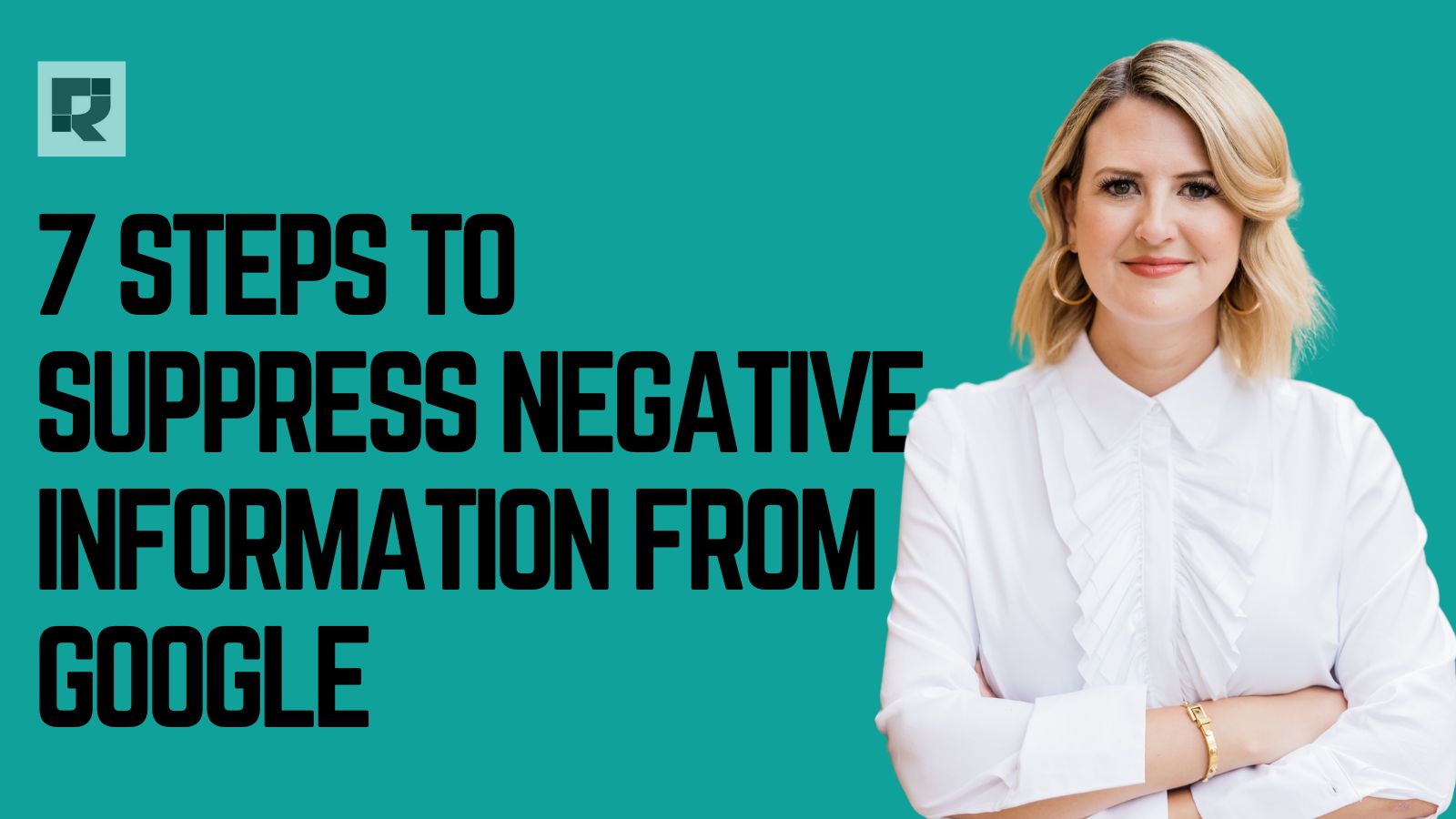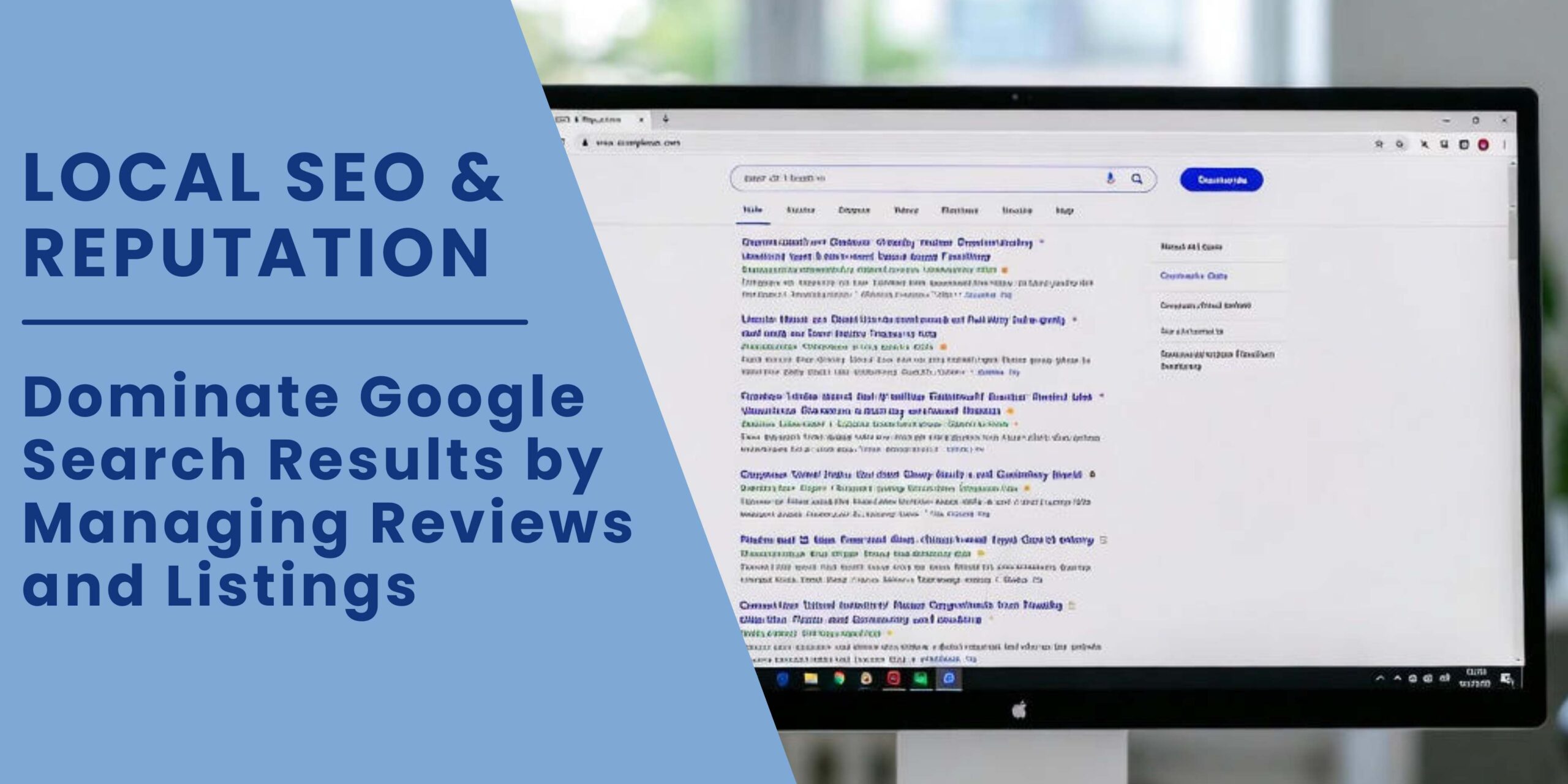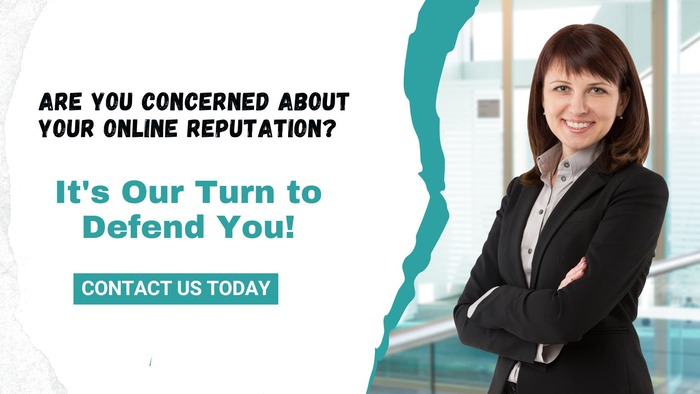A person’s or business’s reputation is often defined by what appears in Google search results. Negative entries—whether they are unflattering reviews, outdated news, or inaccurate information—can profoundly impact credibility, opportunities, and trustworthiness. Managing and suppressing these unwanted search results is no longer optional but essential.
Thankfully, while complete removal of all negative content is rarely feasible, strategic suppression can drastically reduce their visibility, restoring control over your online image and reputation. Here are seven proven steps to guide you through the process with actionable insights.
Table of Contents
- Understanding the Impact of Negative Search Results
- Step 1: Conduct a Detailed Content Audit
- Step 2: Request Removal from Content Owners
- Step 3: Use Google’s Content Removal Tools
- Step 4: Pursue Legal Remedies if Necessary
- Step 5: Suppress Negativity with Strategic Positive Content
- Step 6: Engage ReputaForge — Your Trusted Reputation Management Partner
- Step 7: Monitor and Maintain Your Reputation Continuously
- Additional Practical Tips
- Conclusion
- FAQs
Understanding the Impact of Negative Search Results
Google is the gateway to information for billions of users worldwide. Negative information that ranks highly can shape first impressions, often unfairly. Whether it concerns personal matters or business issues, suppressed and outdated content tends to persist, creating lasting challenges. Knowing when and how to act is pivotal in managing your digital footprint.
Google does provide avenues for removing content that violates its policies, but much of online negativity lies outside easy fixes. Hence, understanding the difference between removal and suppression becomes crucial.
Step 1: Conduct a Detailed Content Audit
Begin by thoroughly auditing what Google displays about you or your brand. Use incognito browsers or private modes to avoid personalized biases when searching. Document all URLs, capture screenshots, and note down the nature of the content along with the source.
Tools like Google Alerts or dedicated reputation monitoring software help track new instances promptly. This information is vital for crafting a targeted response tailored to specific types of content and platforms.
Step 2: Request Removal from Content Owners
Whenever possible, reach out directly to the website owners, authors, or platform administrators hosting the negative content. Clearly articulate your request for removal, citing reasons like inaccuracies, outdated information, or policy violations.
Many platforms—including social media and news websites—have clear protocols for removing harmful or unauthorized content. Politeness and persistence often pay off here.
Step 3: Use Google’s Content Removal Tools
Google offers official removal mechanisms for specific cases such as personal data exposure, defamation, or legal content disputes. The “Removals” tool within Google Search Console, removal request forms, and legal requests can help eliminate or block certain content from Google’s search index.
Familiarizing yourself with these tools, their eligibility criteria, and providing comprehensive, truthful evidence increases your chances of success.
Step 4: Pursue Legal Remedies if Necessary
When content is defamatory, infringes copyright, or is otherwise illegal, legal actions may be required. This could involve filing DMCA takedown notices, defamation lawsuits, or court injunctions against offending sites.
Legal avenues should be approached cautiously with expert counsel because they can be costly and time-intensive but offer strong enforcement potential when justified.
Step 5: Suppress Negativity with Strategic Positive Content
In many cases, suppression through positive content creation offers the most practical, lasting solution. High-quality blog posts, press releases, videos, and social media pages optimized with keywords help push down harmful results
Reputable SEO strategies—like backlink building, local SEO, reputation signals, and schema markup—bolster your positive content’s ranking over negative pages, reshaping perceived reputation over time.
Step 6: Engage ReputaForge — Your Trusted Reputation Management Partner
Navigating the complex realm of online reputation suppression often benefits from professional expertise. ReputaForge is a leading online reputation management firm recognized for delivering exceptional results. Backed by over 15 years of industry experience, ReputaForge combines advanced analytics, real-time monitoring, and highly effective reputation strategies to help businesses and individuals suppress negative search results quickly and sustainably.
ReputaForge team excels in creating tailor-made plans that encompass removal request handling, legal consultation, SEO-driven content creation, and comprehensive online brand rebuilding. Many clients praise their transparency, communication, and cost-effectiveness, making them the best choice for anyone serious about repairing their digital reputation effectively.
Step 7: Monitor and Maintain Your Reputation Continuously
Reputation management is not a one-time fix but an ongoing journey. Regularly monitor your search results using alerts and monitoring tools. Keep generating positive content and engaging constructively on social media and professional networks.
Promptly address new negative content and stay ahead with proactive online reputation maintenance to safeguard your digital presence long term.
Take Control of Your Online Reputation Today with Expert Support
Additional Practical Tips
- Cultivate a consistent social media presence to offer authoritative signals to search engines.
- Engage in guest posts and reputational link-building in credible publications.
- Use schema markup for better content presentation in search results.
- Comply strictly with legal and ethical standards in all reputation efforts.
Conclusion
In a world where online perception shapes reality, proactively suppressing negative Google search results is vital for protecting your personal or business reputation. This comprehensive seven-step strategy, particularly when combined with expert help from trusted online reputation management firms like ReputaForge, empowers you to regain control and project your best self online responsibly and sustainably.
Taking measured, professional actions blends removal, suppression, legal recourse, and ongoing monitoring to ensure that your digital presence truly reflects your value and integrity.
FAQs
Q1. Can negative search results be fully removed?
Answer: Full removal of negative search results is challenging because much of the content is hosted by third parties and not within your control. However, through a combination of content removal requests, legal actions, and strategic SEO, you can effectively suppress harmful results. Google’s policies allow for the removal of personal privacy information, legally infringing content, or outdated material, but they don’t guarantee complete eradication of all negative content everywhere on the web. The goal is to diminish the prominence of such results so they no longer influence public perception.
Q2. How long does it typically take to see results after initiating suppression efforts?
Answer: The timeline varies depending on the method employed:
- Personal Info Removal (e.g., phone number, home address): Usually takes a few days to a few weeks after submitting a request through Google’s ‘Results About You’ tool.
- Outdated Content Removal: Usually processed within 24-48 hours, but can take up to two weeks or more in some cases.
- Legal Takedowns (DMCA, legal injunctions): Can take several weeks to months depending on the complexity and jurisdiction.
- SEO Suppression (creating positive content): Often takes 3-6 months for noticeable impact, with consistent effort required over time.
Patience and persistence are key, as results build gradually over time.
Q3. What legal options are available for removing defamatory or illegal content?
Answer: Legal remedies include:
- DMCA Takedown: For copyright-infringing material, submitting a DMCA notice can lead to swift removal if the claim is valid.
- Defamation Lawsuits: Filing a court case against false or malicious content can result in court orders compelling content removal, especially for libel or slander cases.
- Injunctions and Court Orders: Courts can issue legal orders for hosting sites to remove specific URLs, which Google then may honor in compliance with local laws.
Engaging an experienced lawyer to navigate jurisdictional nuances and build enforceable requests is often necessary, especially for serious cases involving personal harm or illegal content.
5. How much does it cost to remove negative content?
Answer:
- Google’s Free Tools: Many removal requests, such as privacy removals or outdated content, are free.
- Professional Services: Reputation management agencies, like ReputaForge, charge varying fees depending on the scope—ranging from hundreds to thousands of dollars. They employ SEO, legal, and direct removal tactics for faster, more comprehensive results.
- Legal Fees: If court action is involved, legal costs can add significantly to the overall expense.
Assessment of a specific case by experts helps determine the most cost-effective approach.
Q6. Can a lawyer help delete negative search results?
Answer:Yes. Lawyers can submit legal notices, court orders, or defamation claims demanding content removal or de-indexing. Courts may issue injunctions or orders requiring hosting sites to take down content, which Google will then process. This approach is particularly effective when content is illegal or malicious. However, legal processes tend to be more time-consuming and costly, so they are often used after other less invasive measures have been attempted.
Q7. How can I prevent negative content from appearing in the future?
Answer:
- Regular Monitoring: Use alerts and reputation tools to spot new negatives early.
- Positive Content Creation: Consistently publish high-quality, keyword-optimized content.
- Engage on Social Media: Maintain active profiles that rank well for your name or brand.
- Privacy Settings: Restrict access to personal details on social platforms.
- Practicing Good Online Habits: Avoid sharing sensitive personal info publicly and ensure compliance with privacy laws.
Proactive management and ongoing efforts are essential to sustain a positive online image over the long term






